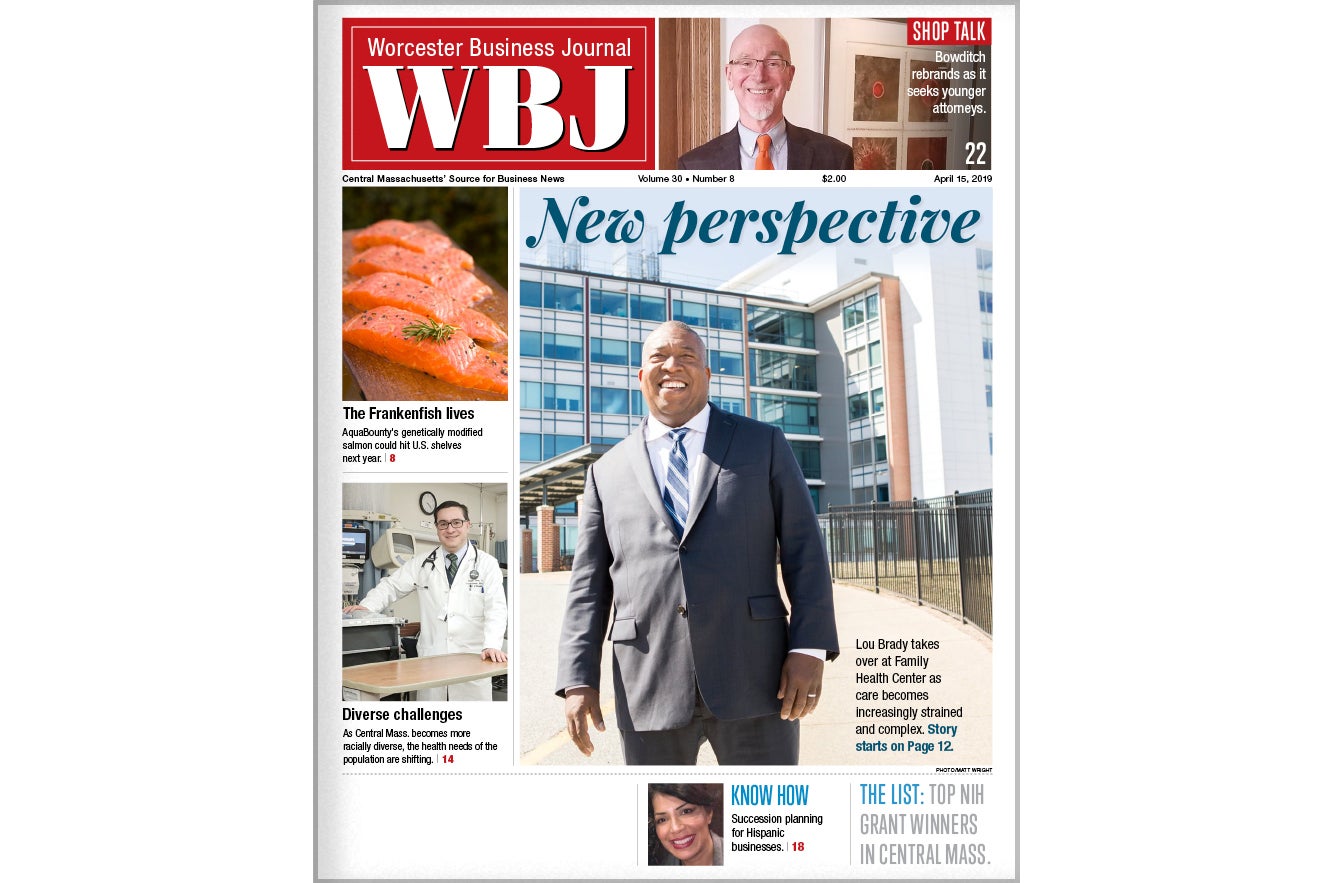Innovation Key For Survival In Manufacturing

As a new decade dawns, so does a brave new era for manufacturing.
Local fabricators have been thrust into an unfamiliar reality formed in the aftermath of industry-wide layoffs, casualties in the way of shuttered factories or overseas relocations, and a roller coaster state export market that surged and dived in a matter of months.
Now, to survive, experts say, manufacturers must strive to be ever more lean, efficient, and sustainable.
But most of all, they should cultivate unique, competitive, cutting edge products.
"It's all about innovation and agility," said Salvatore Emma Jr., vice president and general manager of Fitchburg-based Micron Products Inc., which creates sensors for the medical industry. "It's about getting the best technology and exploiting it, trying to stay ahead of the foreign competition, providing expertise that goes above and beyond just making a product."
Lagging Indicator
While some sectors, such as local real estate and retail, have been consistently depressed for several years, manufacturing thrived through most of 2008 - and then belly flopped.
Electronics manufacturers were particularly affected, explained Jack Healy of the Massachusetts Manufacturing Extension Partnership in Worcester. Plastics-based manufacturers also suffered due to the dive in the auto industry, which drives plastics, noted Jim Cullison, vice president and operations manager for Hudson-based Roehr Tool Corp.
Citing an overall decline in Roehr's business of around 12 percent from 2008, Cullison called it "a pretty rough year."
Through September 2009 (the most recent numbers available), state exports were down a painful 21 percent, according to Julia Dvorko, Central Massachusetts regional director of the Massachusetts Export Center at Worcester State College. That's compared with 2008, when the state's exports were at an all-time high, growing 14.3 percent in the first two quarters and 15.5 percent in the third quarter, Dvorko said.
"It's bottomed out," noted Al Cotton, spokesman for Clinton-based Nypro, Inc., which saw an overall decrease of about 7 percent in its business in fiscal year 2009. "It was a very slow year."
Still, the clouds are expected to lift.
The dollar has been trending down in value, which, although it hurts overseas purchases, increases competitiveness for state exports, Dvorko explained. At the same time, partners in Europe and Asia have been coming out of a recession, she said.
These things in mind, Dvorko predicted a slight rise in exports in 2010, between 5 and 7 percent.
Things are already starting to improve. Sales for new orders for manufactured U.S. goods increased by .6 percent - or $2.1 billion - to $360.5 billion, in October, according to the U.S. Census Bureau. This increase follows small spurts of growth since this summer, Census numbers show.
"It's not on any sort of a rapid rise," said Cotton. "It's going to be a gradual recovery."
Corporate Re-Boot
Nypro, a plastics company with 48 locations in 16 countries, took the brunt of the hit from the economic dive in its consumer electronics division (which is largely overseas). That downturn started in fall 2008, Cotton said, and continued through this summer.
During the rough patch, the company reorganized its corporate office in Clinton, laying off roughly two dozen workers, Cotton said.
However, Nypro's health care segment stayed strong; boosting it, the company opened a new health care manufacturing facility - or a "clean room" - in Clinton.
In 2010, Cotton expects a rebound, and said Nypro will slowly rehire workers for positions in its clean room. The new facility is at less than half capacity, he said, and could take another "few dozen" workers to bring it to capacity.
Micron similarly laid off 6 to 7 percent of its workforce in December 2008, but quickly hired the majority of them back in different roles, Emma said. Going forward, the company has invested in close to $1 million in new equipment, techniques and processes to be more efficient, he said.
Roehr, meanwhile, which has 11 employees and is owned by Illinois-based Progressive Components, expects momentum to build in 2010 with a 15 to 20 percent rise in business, Cullison said.
"The people that have survived this downturn are busy now," he said. "The economy is improving, but I think it's also a result of the lesser number of manufacturers out there."
To facilitate expansion, Roehr is diversifying by selling more products overseas. Recently, it introduced metric sizes to its newer product lines, Cullison explained.
Nypro, for its part, is expecting growth in its health care and specialized packaging sectors, Cotton said. It has also invested in solar companies that will use it to manufacture plastic parts.
In With The New
Ultimately, as 2010 unfolds, companies with an eye on innovation will be the success stories, experts and industry execs say.
"The buzzword these days is sustainability," said Cotton. And manufacturers who are "conscious of the needs of the future" will fare best, he said.
For instance, the semi-conductor and fiber industries are starting to rebound, Healy said - but meanwhile, long-entrenched, traditional industries, such as textiles, paper and wood products, are "going to have some real hard times" because their markets are at maturity.
"Companies that think they're going to be able to do the same things they did in the past are not going to make it," he said.
But niche has been a Massachusetts strength: A range of small companies with unique products have thrived.
Still, not many companies are expecting to add new talent to their operations, Healy said.
But that's been a long-term trend: Between January 2001 and March 2009, the industry experienced a dramatic 47 percent decrease in personnel. One reason for that, Healy said, is that manufacturers face significantly higher health care and energy costs than other sectors.
Going forward, companies will continue to focus on "lean" practices, limiting investments, exploring various avenues to improve profits and flexibility and curbing employee growth. To increase their strength and longevity, Dvorko also suggested that domestically-inclined manufacturers add exports to their repertoire.
However, local manufacturers' long-term survival is going to require some external help, too.
As Healy put it, the state has to "get serious" about resources for skills-based training and research and development for manufacturing. Business taxation could also be revamped, he said.
"Unless people wake up and realize that manufactures need support," he said, "They're going to go away."








0 Comments